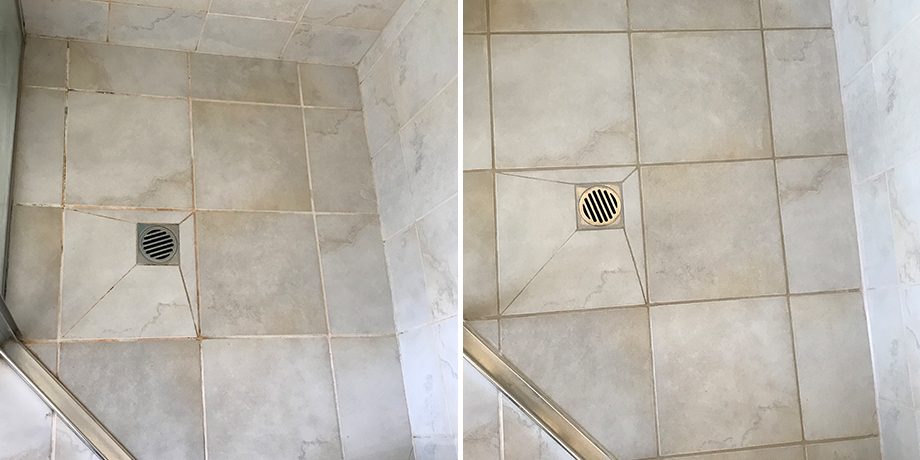Looking for Indicators of Water Damage in the Bathroom
Looking for Indicators of Water Damage in the Bathroom
Blog Article
Just about every person has their own individual conception involving How to Prevent Bathroom Water Damage.

The restroom is incredibly vulnerable for wet accumulation as well as prospective water damage due to the constant use water in it. This post provides simple assessment methods to assist finding water damages dangers.
The regular use water in the shower room makes it very prone for damp build-up as well as prospective water damage. By examining it routinely, you can reduce water related damages.
The adhering to collection of examinations is very easy to do as well as ought to be done when in every three months in order to keep your washroom healthy as well as to avoid potential water damages caused by the bath tub, the shower, pipeline joints as well as plumbing, sinks, cabinets, and the commode
Do not forget doing these evaluations and be thorough while executing them. Bear in mind that these easy evaluations can save you a great deal of cash by offering early signs for water damage
Sinks and Cabinets
Sinks and also closets are revealed to dampness and also humidity daily and are often ignored. Check frequently under the sink and on the countertop over it. Fix any type of drip in the trap as it might recommend drain problems. Check out the sink, sluggish draining pipes might show a blocked drain. Change sink seals if they are split or loose.
Bathtub and also Shower
The shower as well as bathtub call for unique attention and also upkeep. Check the tiles as well as replace if cracked. Make certain that there is no missing cement between the floor tiles. Inspect and also replace broken caulking at joints where the wall surfaces meet the flooring or the bath tub. Clogged drains pipes and pipes troubles will prevent the tub from drying out and may show major troubles beneath the tub. Consult with an expert quickly to avoid architectural damage. Focus on stainings or soft areas around the bath tub walls as they may show an internal leak.
Plumbing
Signs for water damages are hard to find since many pipelines are installed inside the walls.
Pay unique focus to flooring as well as wall surfaces moisture as well as discolorations as they may indicate an unseen plumbing problem. Inspect dampness degrees in adjoining spaces also.
The Commode
The toilet is a susceptible water joint. Examine the water lines and search for leaks around the commode seat, in the tube, and under the water storage tank. If you find any kind of signs of wetness on the flooring around the commode, look for leaks in the toilet rim and storage tank seals.
Know that hanging commode dish deodorants enhances the possibilities for blockages.
Water Damage Signs In The Bathroom To Avoid Cleanup
Musty smell
This is one of the easiest signs to catch because musty smells are so odorous. The damp, earthy, moldy smell should be a big red flag. The smell will develop when moisture gets trapped in surfaces, and begins to facilitate mold growth. Leaking pipes under cabinets, inside walls, and behind shower fixtures will cause moisture to stay trapped and not dry, which will lead to mold growth and spread. As soon as you notice any musty smells in your bathroom, have it checked for hidden water damage and cleanup signs.
Visible mold
If the smell isn’t there to give it away, sometimes you will actually see mold growth. Finding mold in your bathroom is a serious problem, because mold is very harmful to your health. By the time mold growth is visible, it also means that water damage has already occurred and been present for some time. The only way the mold problem can be resolved is to find the source of the moisture and get it stopped. To safely and adequately remove mold, you need to have professionals handle the remediation. Do not waste any time in getting mold problems addressed, fixed, and sanitized so that you can protect you and your family from the many respiratory symptoms caused by mold exposure.
Damaged floors
Bathroom floors should be able to withstand some exposure to water while still remaining in good condition. However, when excess exposure or water leaks occur, they will begin to damage even the most water-resistant flooring. If you notice any cracking, bubbling, staining, or warping on your bathroom floors, there is probably a water leak somewhere causing the distortion. If you notice areas of the floor have become softer, or even have a spongy feeling, there is probably damage to the subfloor. Subflooring is typically made up of plywood. When plywood is exposed to water or moisture, it will absorb it. Once it has become saturated, the weight of the excess water will cause the wood to swell and soften. Check the floors in your bathroom frequently to catch any of these sings before they lead to damaged subflooring.
Changes on walls
When water leaks behind walls, it will cause changes in the drywall. Peeling plaster, blistering paint, and soggy wallpaper are all good indicators that excess water is building up behind the wall. Water leaking behind drywall will cause it to swell and be soft to the tough. If you start to notice gaps along the trim of your walls, or where tile meets the wall, it could also be a strong indicator that there is a leak behind the wall. Any changes, distortion, or damage on the walls should be evaluated as soon as you notice it to prevent further water damage and cleanup.

I hope you liked our excerpt about Preventing Water Damage in the Bathroom. Thanks a lot for taking time to read our piece. For those who enjoyed our post if you please make sure you remember to pass it around. I am grateful for your time. Come back soon.
Request Service Report this page